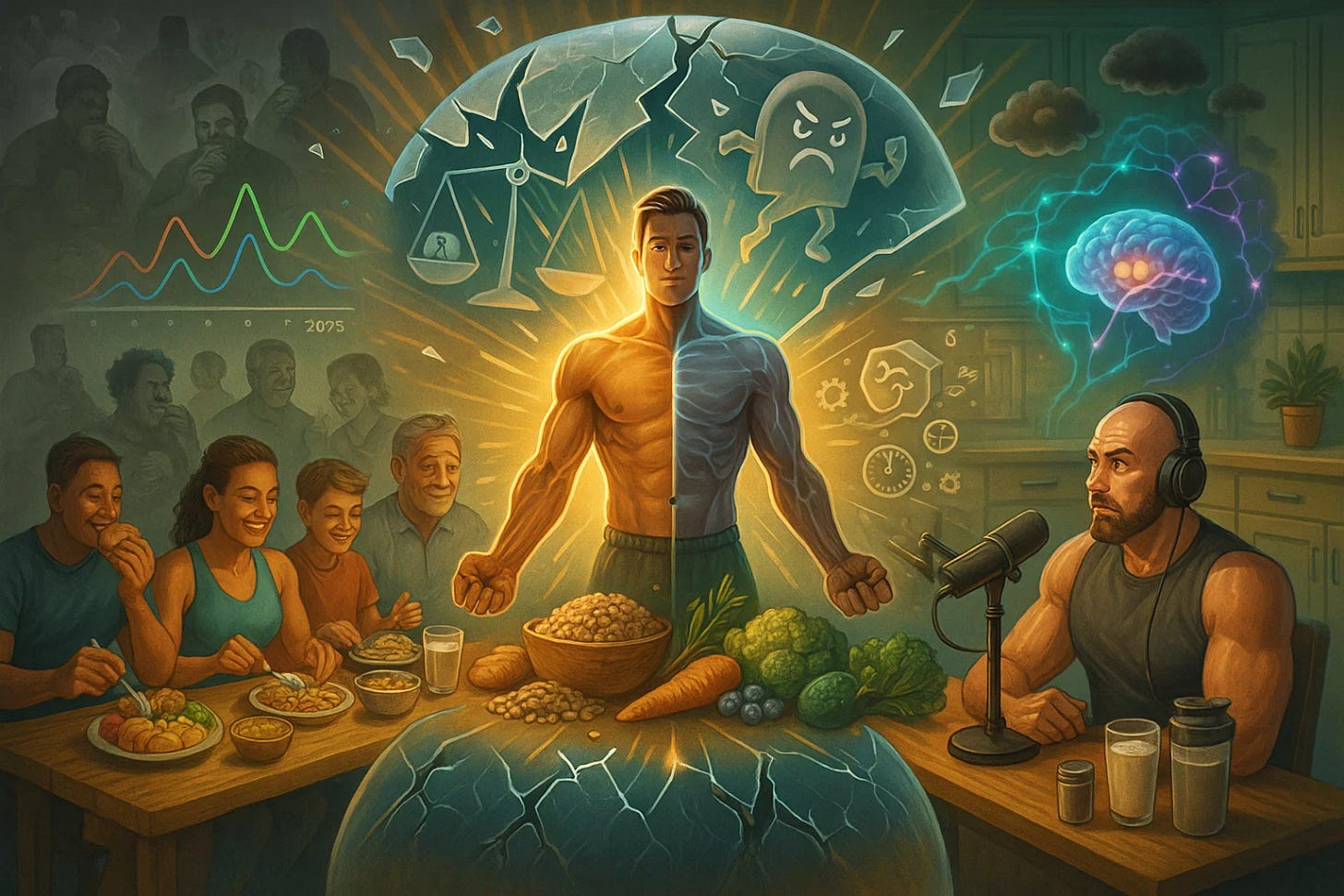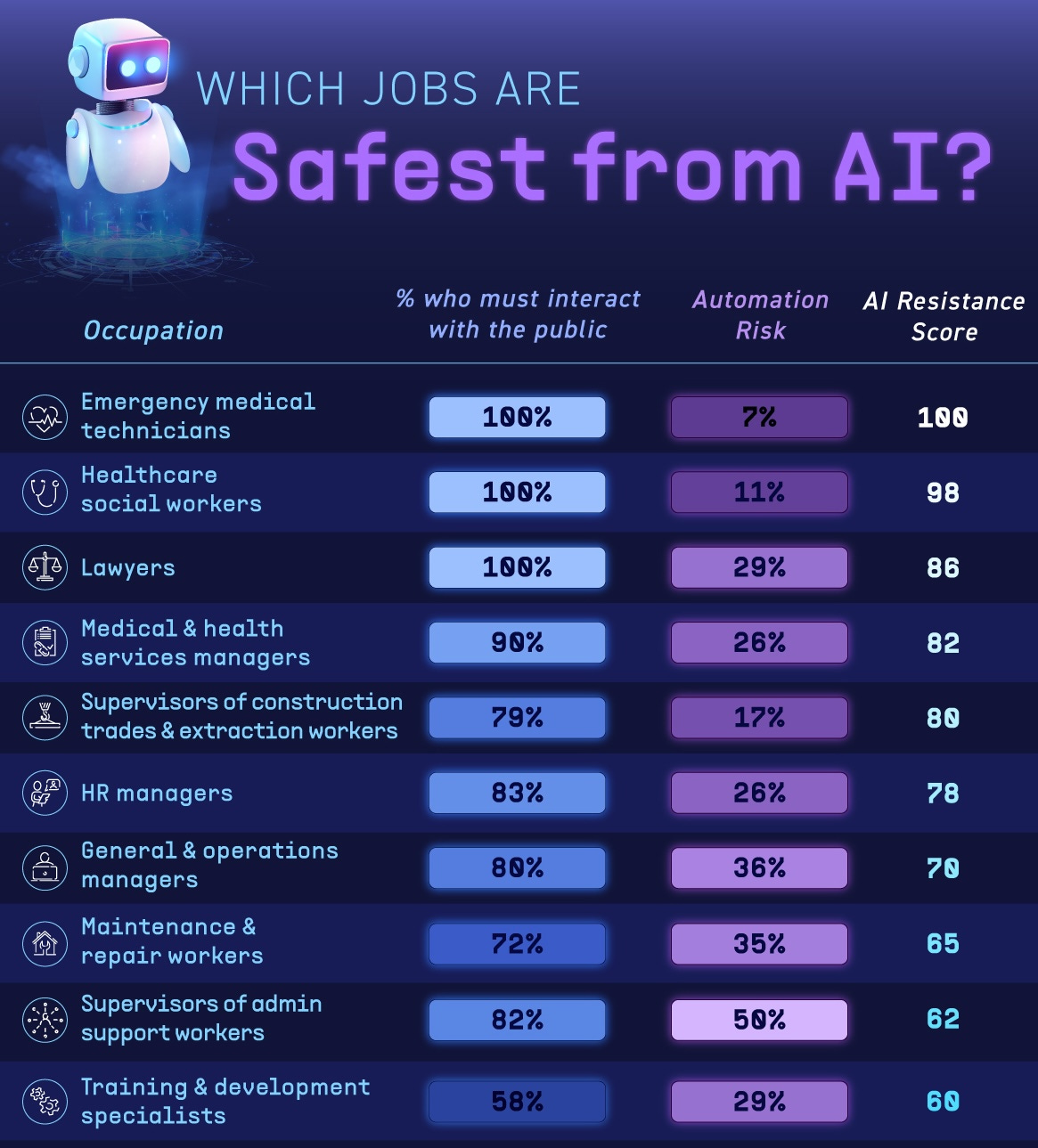What's Happening Today: Friday, Uruguay Constitution Day, India Ker Puja & Myanmar Martyrs' Day expected earnings from Truist Financial , 3M, Charles Schwab and American Express
• EXCLUSIVE - Rewriting Cancer / Lifestyles, Tech, and Global Ingenuity: Let's start with the stark reality, because understanding the burden makes the progress pop. In the U.S. alone, 2025 projections show 2,041,910 new cancer cases and 618,120 deaths, with mortality rates still dipping year-over-year thanks to smarter screening and therapies. Globally, the numbers are even more daunting: Nearly 20 million new cases in 2022, leading to 9.7 million deaths, and experts forecast a surge to over 35 million cases by 2050—a 77% jump driven by aging populations and lifestyle shifts in emerging economies. (Ken Rutkowski)
• OpenAI Unveils ChatGPT Agent to Automate Tasks on Computers: OpenAI's ChatGPT Agent, powered by a new model, takes over users' computers to handle complex tasks like scheduling and research, blending Operator and Deep Research capabilities. "Even if it takes 15 minutes, half an hour, it’s quite a big speed-up," says research lead Isa Fulford, promising efficiency despite latency. (The Verge)
• Crypto Market Surges Past $4 Trillion Amid Regulatory Wins: Crypto's total market cap shattered $4 trillion for the first time, propelled by Bitcoin's $123,205 all-time high and altcoin gains like Ether's 22% weekly jump. With Congress passing stablecoin legislation for a $265 billion sector eyed to hit $3.7 trillion by 2030, per Citigroup, this boom signals a maturing "Crypto 2.0" era blending innovation and oversight. (Qz)
• EXCLUSIVE - The Power of Mentorship / Forging Paths to Unyielding Mastery: Mentorship isn't a soft luxury—it's a strategic weapon. At its core, a mentor is that seasoned warrior who imparts hard-won insights, challenges your blind spots, and propels you toward dominance in your field. Whether you're scaling a startup or commanding a corporate empire, the right guide sharpens your edge, turning obstacles into stepping stones. (Command & Scale)
• UK Breakthrough Delivers Eight Disease-Free Babies via Three-Person IVF: UK scientists birthed eight healthy babies using mitochondrial donation IVF, slashing mutated DNA by 95-100% in most cases to prevent severe genetic diseases. “Science gave us a chance,” says one mother, amid ethical debates over embryo destruction and designer baby fears. (Interestingengineering)
• Crypto Thieves Steal Record $2.17 Billion in 2025: Crypto thefts hit $2.17 billion from services in 2025's first half, surpassing 2024's total, fueled by a $1.5 billion Bybit hack and violent attacks on individuals. "Adoption means more users... making thefts more common," says Chainalysis's Eric Jardine, as platforms tighten security and criminals target wallets. (CNBC)
• EXCLUSIVE - The Carb Conundrum / Rethinking the Fuel That Powers Our World: In the bustling streets of Tokyo, a young tech worker grabs a quick bowl of white rice from a 7-Eleven vending machine, fueling a marathon coding session. Halfway across the globe, in a sun-drenched Spanish café, a family lingers over tapas heavy on olive oil and seafood, with barely a slice of bread in sight. (Ken Rutkowski)
• Pistachios Enhance Gut Bacteria to Combat Prediabetes, Study Shows: A Penn State study found nightly pistachio snacks reshaped gut microbiomes in 51 prediabetic adults over 12 weeks, boosting butyrate-producing bacteria for better blood sugar and reduced inflammation. “Pistachios seem to be able to meaningfully shift the gut microbial landscape,” says researcher Kristina Petersen, offering a tasty twist in diabetes prevention. (The Brighterside)
• Netflix Introduces Generative AI to Enhance Visual Effects in Productions: Netflix has pioneered the integration of generative AI in its content, debuting the first AI-generated footage in the Argentine sci-fi series "El Eternauta," where it vividly brought a building collapse to life 10 times faster and cheaper than traditional methods. (Techcrunch)
• Startup Acquisitions Hit $100 Billion in 2025's First Half: Startup M&A deals soared to $100 billion in disclosed prices during H1 2025, a 155% jump from last year, driven by mega-acquisitions like Google's $32 billion Wiz buy. While AI grabs headlines, enterprise software and healthcare dominate spending, hinting at a frenzied market ripe for exits. (Crunchbase)
• AI Engineers Grapple with $100M Offers Amid Existential Risks: Top AI talents face $100 million Meta packages, promising riches but risking societal harms like deceptive agents or bioweapons. "It’s a 'doomsday scenario,'" warns Bernie Sanders, igniting debates on whether personal gain justifies accelerating potentially catastrophic tech. (Vox)
• Distillation Shrinks AI Models, Cuts Costs with Teacher-Student Training: Distillation, pioneered in a 2015 Google paper cited over 25,000 times, transfers "dark knowledge" from large "teacher" models to efficient "student" ones, sparking breakthroughs like DeepSeek's R1. This technique slashes computational demands, enabling affordable AI rivals to industry giants and fueling innovation in lean, powerful systems. (Quanta Magazine)
• Hedge Fund Manager Ignites 91% Surge in Opendoor Stock: Eric Jackson's bullish X thread propelled Opendoor's shares up 91% this week, drawing parallels to Carvana's revival amid record trading volumes. "This is the next Carvana," Jackson declares, eyeing a potential $82 target as retail enthusiasm swells. (Chartr)
• Debate Rages: Does Carbon Taxation Solve Climate Crisis?: Proponents argue carbon taxes monetize emissions to fund green initiatives, noting "taxpayers pay the costs now, when they’re lower," while critics warn of oversimplified assumptions and added bureaucracy. This balanced discourse probes whether manipulating market forces can truly curb global warming or merely burdens consumers. (Nationalinterest)
• U.S. Hunts Alternatives to Shatter China's Rare Earth Monopoly: China's near-monopoly on rare earths, vital for drones to EVs, forces U.S. tariff concessions amid export bans, spurring global hunts for new mines in Brazil and Africa. "It takes time to open them: Three years, by one estimate," as pollution and Beijing's equipment dominance hinder diversification efforts. (Kiplininger)
• Human Interaction Shields Jobs from AI Automation Onslaught: Emergency medical technicians top the AI-safe list with 100% public interaction and just 7% automation risk, outshining lawyers at 86 points in a blend of human engagement and task complexity. As AI reshapes work, these roles highlight enduring value in empathy and on-the-spot judgment, beckoning questions about tech's limits in human-centric fields. (Visualcapitalist)
• Juno Reveals Hybrid Plasma Waves Revolutionizing Jupiter's Magnetosphere: NASA's Juno spacecraft uncovered hybrid Alfvén-Langmuir waves in Jupiter's low-density magnetosphere, where fields reach 20 gauss, defying traditional plasma models. This "paradigm shift in plasma physics" could reshape understanding of magnetospheres on exoplanets and stars, sparking new astrophysical insights. (The Debrief)
• Drones and AI Revolutionize Fight Against Deadly Ghost Nets: Drones equipped with AI are transforming ghost net detection along Australia's northern coasts, spotting fragments as small as 50 centimeters to enable swift ranger retrievals. With 14,600 turtles ensnared in 8,690 nets over seven years, this tech bridges remote challenges, as one researcher notes: “It’s a gamechanger.” (Cosmos)
• Mobile Money Surpasses Banks in Low-Income Countries' Financial Access: In 2024, 32% of adults in low-income countries held mobile money accounts, outpacing the 26% with traditional bank accounts, as mobile tech accelerates financial inclusion via basic phones. This surge, prominent in Sub-Saharan Africa where gaps reach 45 percentage points in Zambia, hints at a digital revolution reshaping economies and sparking curiosity about global banking's future. (Statista)
• Gen Z Redefines Office Dress Codes with Bold Self-Expression: Gen Z, set to make up 25% of the global workforce by 2025, navigates post-pandemic offices with trends like "office siren," blending sexier styles with business casual for comfort and authenticity. "What you wear is part of your personal brand," says stylist Ellie Steinbrink, as young professionals craft capsule wardrobes to stand out while fitting in. (Fast)
Today's Photo, Image, or Video of the Day: In Star Wars: Episode IV – A New Hope (1977), the crew made Luke Skywalker’s landspeeder appear to hover over Tatooine by mounting angled mirrors on its sides. These mirrors reflected the desert ground, cleverly hiding the wheels and creating the illusion of a floating speeder—no CGI needed.
• Notable Statistic: 2025 Press Freedom Index
• YouTube Worth Watching: Ex-Google CEO: What Artificial Superintelligence Will Actually Look Like w/ Eric Schmidt
• Ken's Book Pick: The Seven Principles for Making Marriage Work: A Practical Guide from the Country's Foremost Relationship Expert
• Ken's Website / Tool: Bulletsocial is built for founders, indie hackers & creators to schedule to LinkedIn, X, Threads, Instagram & Bluesky in one click. Create AI-powered carousels, threads & posts. You can create carousels and schedule them in seconds. Track your accounts and see if there is content scheduled. Delegate to managers to help you scale distribution. Get a brand bucket to store your content in and use across your profiles. + more..
Brand Names That Became Everyday Words
The evolution of brand names that have transitioned into generic terms in everyday language—a phenomenon known as "genericide." The infographic provides a historical timeline from 1854 to 2016, highlighting over 50 examples of trademarks that lost their protected status due to widespread use as common nouns or verbs. Key insights include peaks in such occurrences during the early-to-mid 20th century, often involving household items, toys, and adhesives. The report extracts and organizes the data from the infographic, identifies trends, and discusses implications for branding.
Introduction to Generic Trademarks
The infographic defines and explains the concept of generic trademarks (also called proprietary eponyms or genericide). According to the visual:
Generic Trademark: A brand name that, due to its popularity and substantial market dominance, has become the generic term to describe an entire type of product or service.
Genericide: Occurs when the owner loses the name's trademark because it has become generic and is no longer associated with the trademark owner.
Protected Brand Name: Initially legally protected by trademark (represented by an oval icon in the infographic), with the year indicating when the brand name was first introduced.
Lost Legal Status: When the brand name becomes generic (represented by a rectangle icon), with notes on the year or reason for genericization where applicable.
This process often results from consumer adoption, where the brand dominates the market to the extent that it synonyms with the product category. Examples include court rulings, war reparations, or simple overuse leading to trademark cancellation. The infographic uses a colorful, snaking timeline to illustrate this progression, emphasizing how innovation in products leads to linguistic shifts.
Trends and Insights
Chronological Distribution: The examples span 162 years, with the highest concentration in the 1930s, 1950s, and 1970s (5 each), followed by the 1900s and 1960s (4-5 each). Fewer instances appear in recent decades (e.g., only 2 in the 1990s and 1 each in the 2000s and 2010s), possibly due to stronger modern trademark enforcement or the infographic's cutoff at 2016.
Common Categories:
Household and Office Supplies: Dominant, including adhesives (e.g., Scotch Tape, Super Glue, Velcro), containers (e.g., Tupperware, Ziploc), and cleaning/health items (e.g., Kleenex, Band Aid, Aspirin). These account for about 40% of entries.
Toys and Games: Prominent in mid-20th century (e.g., Yo-Yo, Frisbee, Hula Hoop, Ping Pong, Hacky Sack).
Food and Beverages: Examples like Jell-O, Popsicle, TV Dinner.
Technology and Modern Services: Later entries shift to digital/tech (e.g., Xerox, Photoshop, Google, Zoom, Uber), reflecting evolving innovation.
Vehicles and Machinery: E.g., Jeep, Jet Ski, Escalator, Zipper.
Reasons for Genericization: Common triggers include market dominance leading to overuse (e.g., Vaseline, Kleenex), legal rulings (e.g., Escalator, Linoleum), and external factors like war reparations (Aspirin, Heroin). Some trademarks were lost due to improper registration (Yo-Yo) or cancellation (Dumpster).
Implications: This highlights the double-edged sword of branding success—extreme popularity can erode legal protections. Companies today often combat this through campaigns (e.g., "Google" encouraging "search" instead of "google it").
Conclusion
The infographic effectively chronicles how brand innovation shapes language, turning proprietary names into public domain terms. From 19th-century chemicals like Kerosene to 21st-century apps like Zoom, these examples underscore the cultural impact of commerce. Businesses can learn from these cases to actively protect trademarks through usage guidelines and diversification. Future updates to such timelines might include post-2016 examples, but based on this image, the pattern suggests a slowdown in genericide due to heightened legal awareness.
















